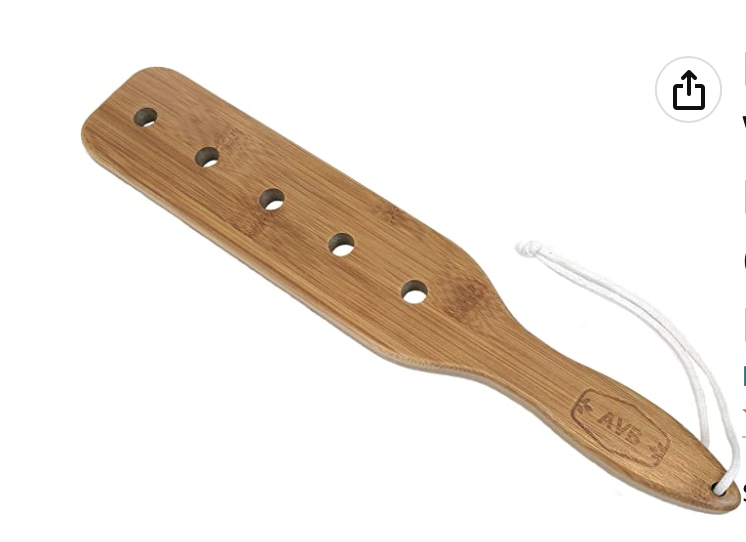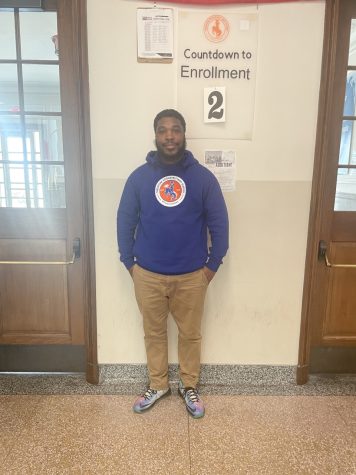Physical punishment as discipline is old school, right?
While it would never happen at Roose, some schools are in the news for continuing to practice violent forms of discipline
You can buy this “all purpose usage paddle for discipline kids [sic]”on Amazon. It is described as being “well sanded ultra smooth with rounded edges for comfortable handling. 5 airflow holes designed to reduce air resistance or pressure which allows for maximum velocity.”
March 20, 2023
Corporal punishment is again part of the national conversation because New York State legislators have proposed banning it in private schools after a New York Times investigation revealed abuse.
Corporal punishment is the act of hitting students as a punishment and has been legal since 1977 when the U.S. Supreme Court ruled that it does not fall into the category of “cruel and unusual punishment.”
The goal of corporal punishment was to scare students into behaving. Art teacher Laura Packard recalls how it was used during her time in high school. “I was terrified. I didn’t misbehave out of terror,” Packard said.
Punishments include kicking, slapping and punching. Leather straps and paddles are used during corporal punishment, according to an article in Virginia Child Protection Newsletter. “Serious injuries and long-term damage have been documented as a result of hitting or spanking.”
But times have changed – at least in some places. Denise-Marie Ordway dove into the research in a recent article she reported for The Journalist’s Resource. “Public schools in 22 states reported using physical discipline to control student behavior during the 2017-18 academic year, the most recent year for which national data is available,” Ordway wrote.
“Twenty-eight states have banned corporal punishment in public schools, but 15 have laws giving public schools explicit authority to use it and seven states have no laws allowing or prohibiting it, according to a September 2022 report from the education department’s Office for Civil Rights,” she continued. “Meanwhile, corporal punishment is legal in all private schools, except for those in Iowa and New Jersey.”
Although Washington, D.C. bans it in public schools, 35 D.C. students reported being physically discipled during the 2017-18 school year, as reported in the U.S. Department of Education’s Civil Rights Data Collection.
One tactic that Roosevelt employs is suspension of misbehaving students in hopes that it corrects their behavior. But a newer method known as restorative justice is now used additionally.
Marvin Moore, Roosevelt’s restorative justice coordinator, lists new ways to discipline students. “Starting to understand, right, having a conversation with some individuals, creating some relationships, building some rapport, and really just figuring out more creative ways to hold children accountable, as well as using positive reinforcement,” Moore said.
Moore uses these new strategies as an alternative to corporal punishment. Some teachers try that same approach.
Packard listed alternatives that she said she believes help students more than corporal punishment ever did: “talking with the students, providing incentives for good behavior, discussing the right way to do things and why we do it that way, having conversations.”
There are different levels of punishments, however, when it comes to physical punishment.
“When corporal punishment was legal the level of punishment was extreme,” said Sandra Lowery, ninth grade dean.
Lowery said she thinks certain types of physical punishment could be effective. “You bring corporal punishment back, but it should be monitored in certain ways. I don’t think any teacher should put their hands on a child,” Lowery said. “But if I tell you to sit here, in this corner, sit right here for 20 minutes.”
Being physically disciplined is hard for students to even imagine these days. Roosevelt student Crisol Cruz said she would feel unsafe if a teacher hit her: “I wouldn’t feel like coming to school at all and unsafe to see my teachers.”









